Keun Gaetmul Hoetjip (큰갯물횟집)
11.1Km 2019-05-22
161, Daepo-ro, Seogwipo-si, Jeju-do
+82-64-738-1625
Located in Daepohang Hoe Town, an area where ‘hoe’ (sliced raw fish) restaurants are gathered, is Keun Gaetmul Hoetjip, a two-story modern restaurant with a large parking space and a great view of the ocean.
The exceptionally hygienic condition of the restaurant and the kitchen is quite impressive.
Spirited Garden (생각하는정원)
11.1Km 2024-04-19
675, Nokchabunjae-ro, Hangyeong-myeon, Jeju-si, Jeju-do
The Spirited Garden, spanning a 36,000㎡ land, is divided into various thematic areas: fantasy, soul, inspiration, philosophers, junipers, tangerine, peace, and secret. This garden showcases a unique interpretation of traditional Korean garden art, with meticulous landscaping, bonsai collections, and distinctive rock formations set among lawns and volcanic features known as parasitic cones (Oreum). Additionally, the garden is enhanced by artificial elements, such as massive volcanic stone fences and gates, all handcrafted, as well as waterfalls and ponds that complement the stone structures.
Podo Museum (포도뮤지엄)
11.2Km 2024-01-31
788 Sallngnam-ro, Andeok-myeon, Seogwipo-si, Jeju-do
Opened in April 2021, Podo Museum aims to be a space that promotes the symbiosis of the Earth's ecological environment and humankind and listens to the voices of the socially underprivileged. It operates mainly around exhibitions without any separate experience programs. Exhibitions are held following the museum's goals and themes. As the content changes depending on the period, checking the website before visiting is recommended. The museum also has a café and souvenir shop on its first floor, making it great to look around on rainy days when outdoor sightseeing is not a preferred option. There are Camellia Hill, Bangju Church, and Bonte Museum nearby, so visitors are recommended to look around.
Da Vinci Museum (다빈치 뮤지엄)
11.2Km 2025-01-10
788 Sallongnam-ro, Andeok-myeon, Seogwipo-si, Jeju-do
+82-64-794-5114~5
Da Vinci Museum, located in Seogwipo-si on Jeju Island is the only museum that has the Da Vinci License in Korea. The museum offers visitors a chance to experience a wide variety of activities and hands-on programs. When you think of Leonardo Da Vinci, a few things that come to mind are the Mona Lisa and The Last Supper. However, one of the greatest masterpieces in his life is the Codex, a collection of his writings. Over 7,000 pages of the Codex, A.K.A. a notebook of secrets, survives today, and the museum displays over 200 works created and inspired based on the writings in the Codex. The museum houses information about the life and times of Leonardo Davinci, a superb scientist, anatomist, and inventor.
Jungmun Equestrian Park (중문승마공원)
11.8Km 2024-01-09
244 Ieodo-ro, Seogwipo-si, Jeju-do
Jungmun Equestrian Park is where visitors can experience horseback riding while looking at the sea, and even beginners can enjoy horseback riding without any concerns. Visitors can choose between a walking course that takes 10–15 minutes and a Beach Olle course that takes 20–25 minutes. The Beach Olle course has a beautiful ocean view and reaches its peak in spring when canola flowers are in full bloom. It is operated under a reservation system in principle, but walk-in is also accepted on a first-come,first-served basis. Visitors are advised to call in advance as programs are subject to cancellation in case of adverse weather.
Jeoji Oreum (Dakmol Oreum, Sae Oreum) (저지오름(닥몰오름,새오름))
12.0Km 2020-02-26
Jungsanganseo-ro, Jeju-si, Jeju-do
Jeoji Oreum is situated in Jeoji-ri, Hangyeong-myeon in Jeju-si. This parasitic cone rises 239 meters above sea level, is 100 meters high, and has a crater with a circumference of 800 meters and 62 meters deep. The crater is round and in the shape of a funnel.
It is said that Jeoji Oreum is as old as Jeoji Village. It is also called Dakmoru or Sae Oreum. Nearby, there are Gamaechang Oreum and Heoritdang, showing
just how long the history of Jeoji Village is. In the past, people harvested wild weeds from Jeoji Oreum to cover their thatched-roof houses. Over time, trees were planted and today, Jeoji Oreum is covered with a dense forest. The area has been designated a "Forest of Life" since June 2005.
Jeju Yakcheonsa Temple (약천사(제주))
12.2Km 2024-12-02
293-28 Ieodo-ro, Seogwipo-si, Jeju-do
Jeju Yakcheonsa Temple is the largest temple in Asia. Originally a small hermitage named Yaksuam, it was named Yakcheonsa because of a famous mineral spring ('Yaksu') nearby. It enshrines tombstones of two royal couples from the Joseon Dynasty: King Munjong and his consort, and King Yeongchin and his consort. The temple also offers temple stays for both Koreans and foreigners.
St. Isidore Farm (성이시돌목장)
12.6Km 2023-02-16
53, Sallongnam-ro, Jeju-si, Jeju-do
+82-64-740-6000
St. Isidore Farm was born when an Irish priest named McGlinchey (Korean name: Im Pi-je) was appointed in Jeju's Hallim region in 1954 and opened a livestock bank to help the impoverished locals. In 1961, it officially opened a central practice farm to not only educate on the livestock industry but also carry out hog farming, sheep breeding, beef cattle raising and dairy businesses. Today, the farm primarily raises cows and racehorses and produces high-quality organic milk and horses for racing to utilize the profits in various welfare projects. The farmland also presents an exotic scenery as the vast grasslands blend in with modern structures such as Ctesiphon, which symbolizes the history of the farm. The farm also has a cafe that uses milk produced at the farm in addition to a trail and park with religious themes.
We Hotel (위(WE) 호텔)
12.8Km 2024-12-12
453-95 1100-ro, Seogwipo-si, Jeju-do
+82-64-730-1200
We Hotel in Jeju is the first premium health resort in Korea that combines a resort with medical services offered by the We Hospital of Halla Medical Foundation. In addition to comfortable hotel services, it also offers differentiated healthcare services, along with wellness and health-promoting programs, whose effectiveness was scientifically proven by medical experts. The hotel offers ultimate healing moments through various wellness programs, medical spa, and mediwell programs, utilizing the clean forests in Hallasan Mountain and pure volcanic bedrock water -- all nature's gifts.
We Hospital (WE병원)
12.8Km 2025-07-07
453-95 1100-ro, Seogwipo-si, Jeju-do
As a premium health resort, THE WE is located halfway up Hallasan Mountain, a UNESCO-recognized World Natural Heritage. In this Korea's first health resort, you can enjoy comfortable 5-star hotel services and healthcare services of Halla Medical Foundation with natural volcanic bedrock water of Jeju and the clean forest of Halla Mountain.
WE Hospital of Halla Medical Foundation operates Korea's only health resort to maximize health management effects utilizing natural environments and various health programs. It provides various one-stop programs of its Health Promotion Center, Plastic Surgery Centers, Wellness Center and Medical Spa Center with the concept of "Medi-Well" that combines "Medical" and "Wellness."
Experience customized healthcare services differentiated from other hospitals at THE WE, a premium health resort.
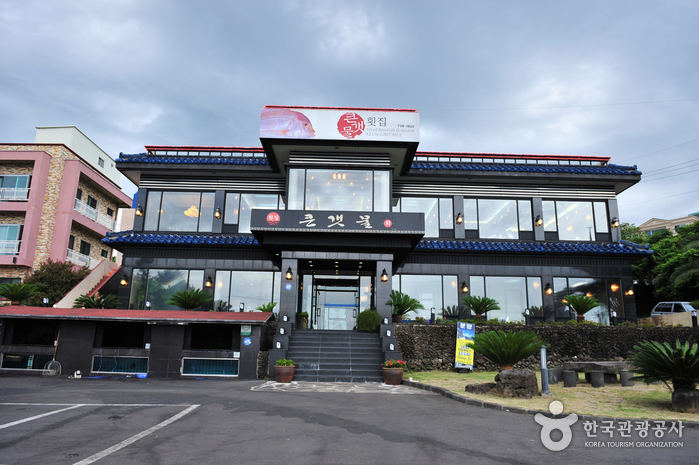
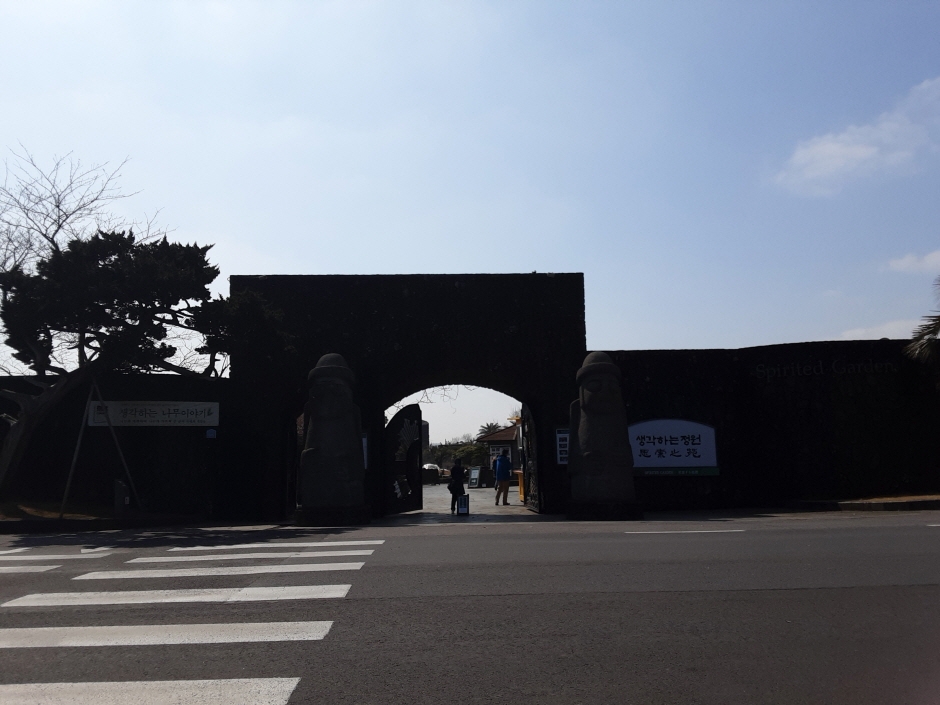
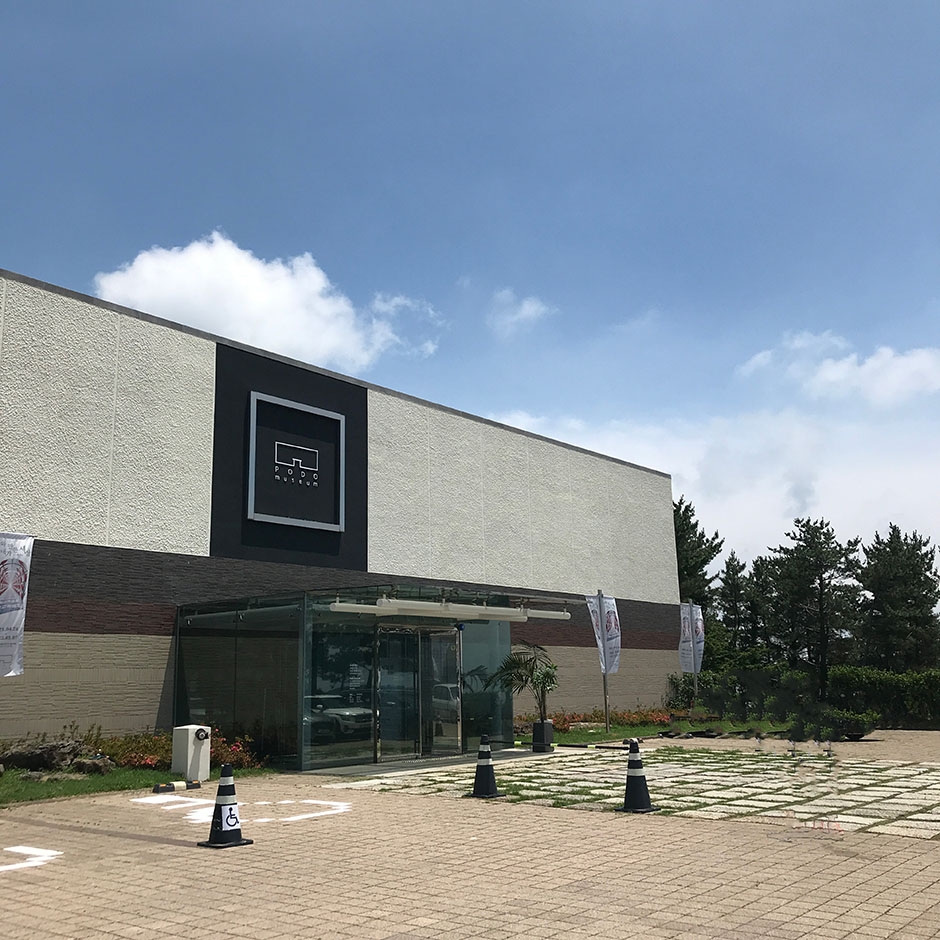

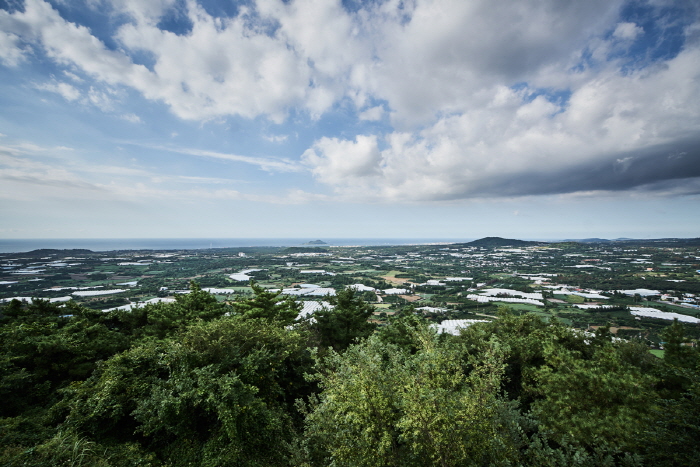
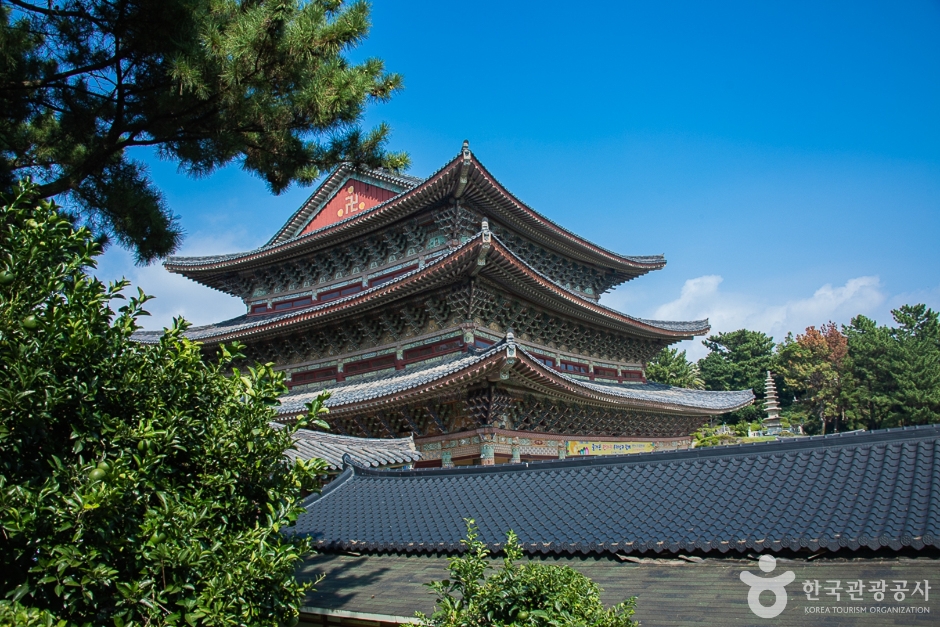
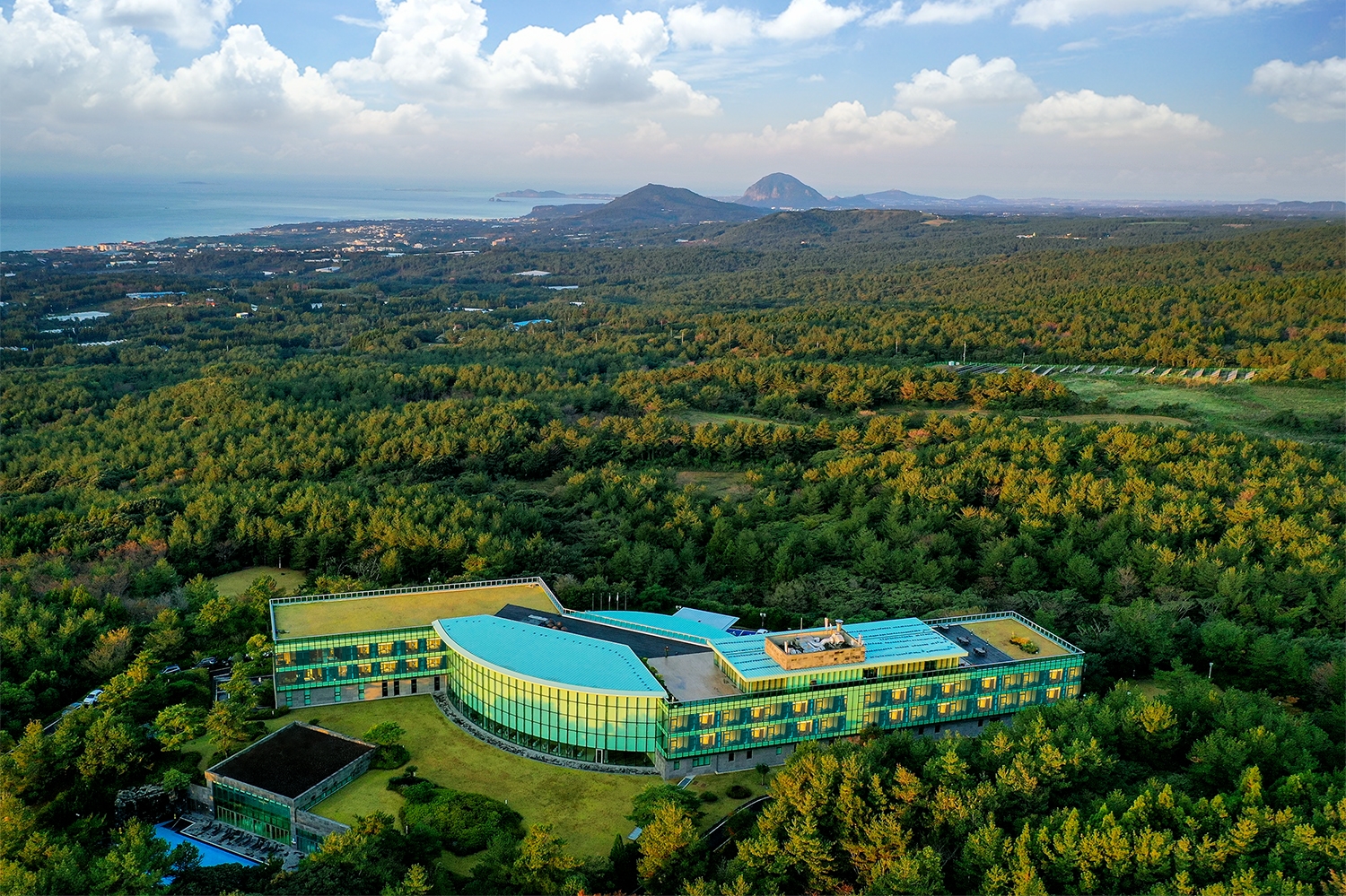
 English
English
 한국어
한국어 日本語
日本語 中文(简体)
中文(简体) Deutsch
Deutsch Français
Français Español
Español Русский
Русский